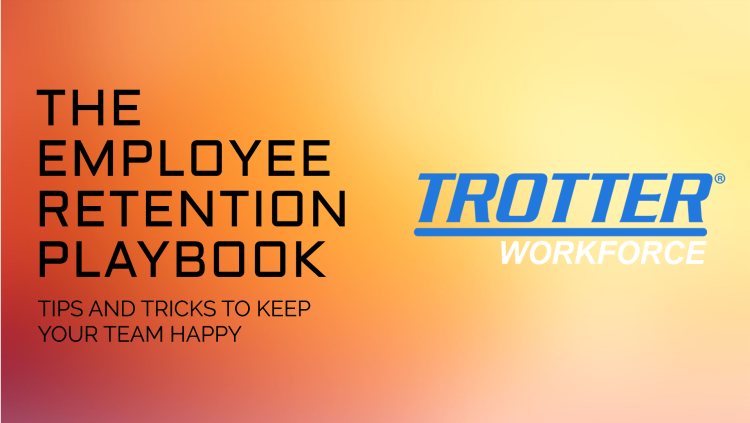Resume reviewing is becoming increasingly automated every day. However, the need for human oversight remains necessary and doesn’t seem to be fading away anytime soon. Statistics on time spent reviewing resumes over the years have shown that, on average, a reviewer spends 6-8 seconds per resume. It doesn’t seem like enough time to truly understand the candidate. Within that timeframe, you can often determine if someone doesn’t fit, but it’s challenging to genuinely assess if they could be a good fit.
When reviewing a resume, nearly all reviewers will look at several top-level points. Location, Job Titles, Number of Positions Held, and How Long They’ve been in the workforce.
- Does the location work? Check.
- Do they have a good mix of positions? Check.
- Does their current or most recent job title line up with the current position that the candidate is being considered for? Check.
- Does the length of time that the candidate has been in the workforce meet the requirements? Check.
Put them into the follow-up pile. Rinse and repeat until you’ve exhausted your applicants.
Hold on. You’ve missed a couple of crucial points to review. It’s not only about what is written but also what is NOT written. Before you ever get to an interview, there is much more to be gleaned from a resume than what the applicant has input.
For starters, how long they have been working is important, but potentially more important is how long have their previous positions worked out. A candidate could have 20 years of experience, but if the longest they have been in a role is a couple months, or even a couple years then that should raise some flags. Maybe not a red flag, so let’s say yellow, at this point. Yellow Flag.
This doesn’t mean that the candidate isn’t a good fit for the position, but it should not be ignored. There might be valid reasons for changing jobs frequently, but if you overlook their inability or unwillingness to stay in one place, you might spend more time considering, interviewing, and onboarding that candidate than they will actually spend working in the new role.
The second review point is often overlooked: frequently changing job titles. If titles change from company to company, or there’s a seesaw trend in responsibility levels, you need to raise flags again. This is a red flag. Companies prefer to see an applicant’s career trajectory moving upward or, at the very least, maintaining. It reflects initiative, trustworthiness, and commitment. If an applicant’s responsibilities and titles are constantly fluctuating, there’s usually a reason, and they often tend to blame others instead of adapting.
The third point to keep an eye on might be the most “time-consuming,” but it shouldn’t take more than 6-8 seconds on its own: vocabulary.
Big words don’t always mean big things. An individual with a predilection for sesquipedalian vocabulary may seem impressive at first glance but often ends up being more maladroit than anything. This tendency might be reflected in their job titles or descriptions of roles and responsibilities. Some companies use colorful titles like these examples on actual resumes: Guru of Grime Elimination (Custodian), Master of Market Manipulation (Marketing Manager), People Champion (Head of HR). However, in most cases, job titles are straightforward. Similarly, job descriptions for the most part follow somewhat similar patterns. It’s imperative that an employer look beyond surface-level linguistic flair. The excessive use of complex language may not necessarily indicate a profound understanding but could reveal a proclivity for verbosity.
In conclusion, resume evaluation needs to extend beyond the surface. While initial scrutiny focuses on tangible aspects, a nuanced analysis of language use unveils valuable insights into a candidate’s communication skills and thought clarity. This holistic approach ensures not only the identification of suitable candidates but also a comprehensive understanding beyond the superficial layers of their resumes.







